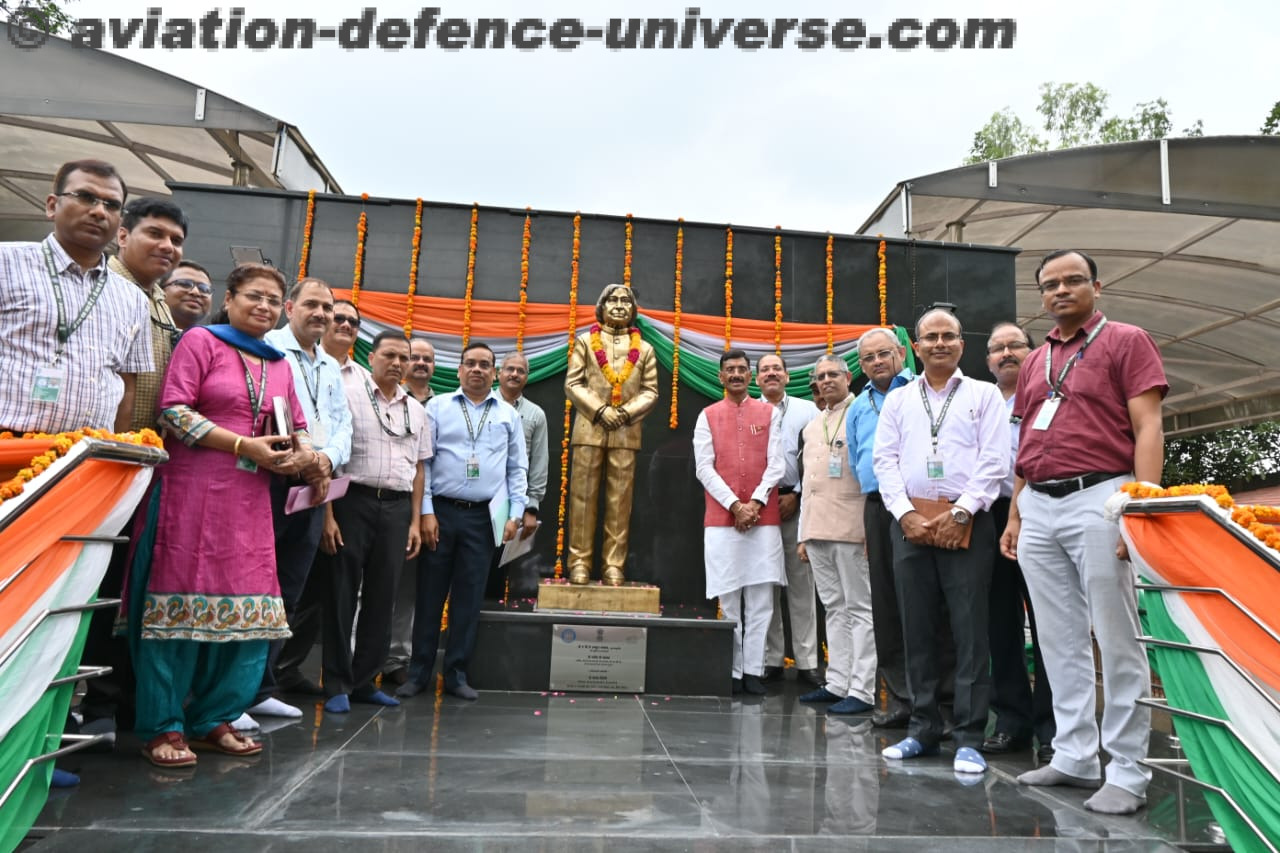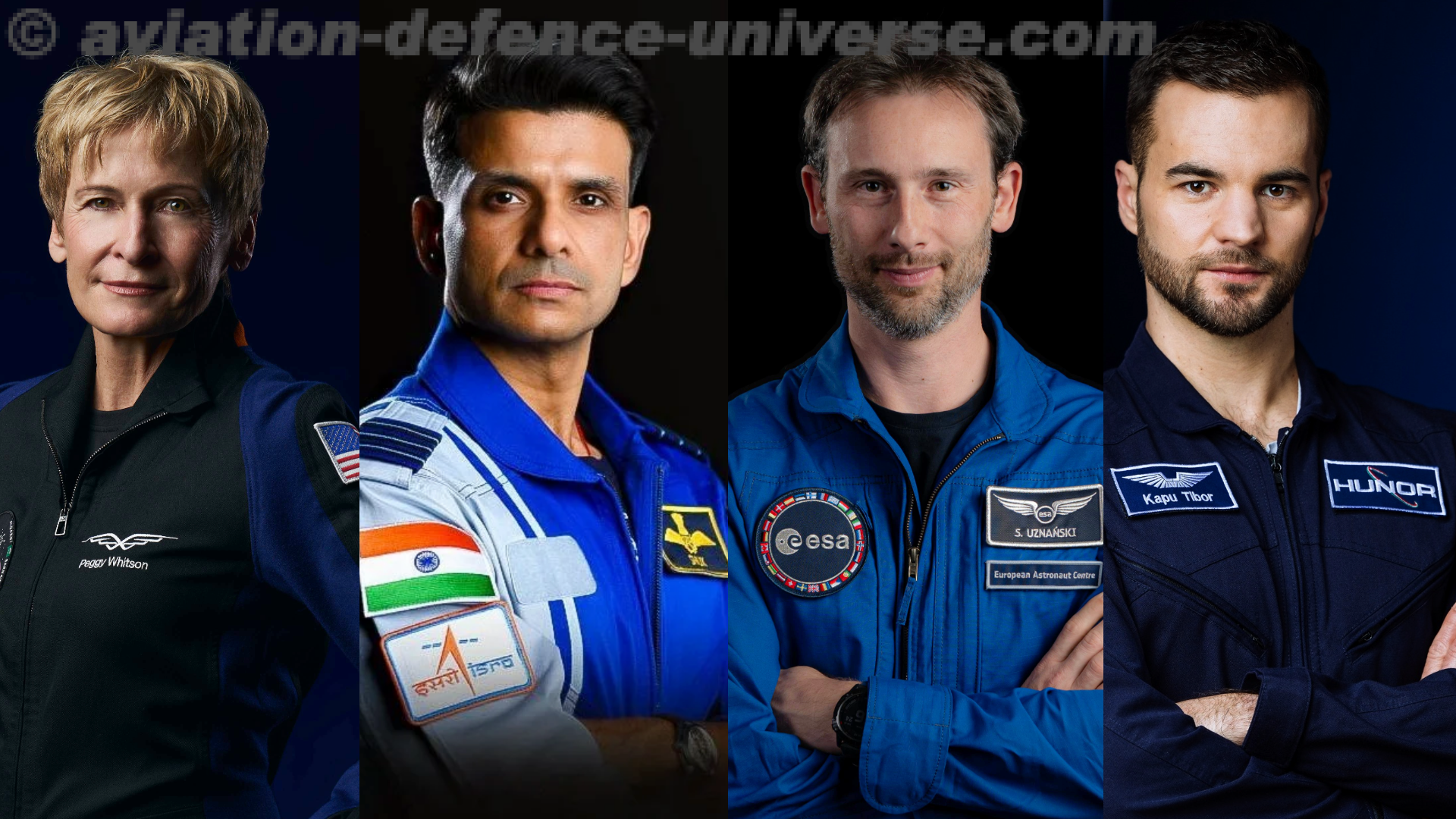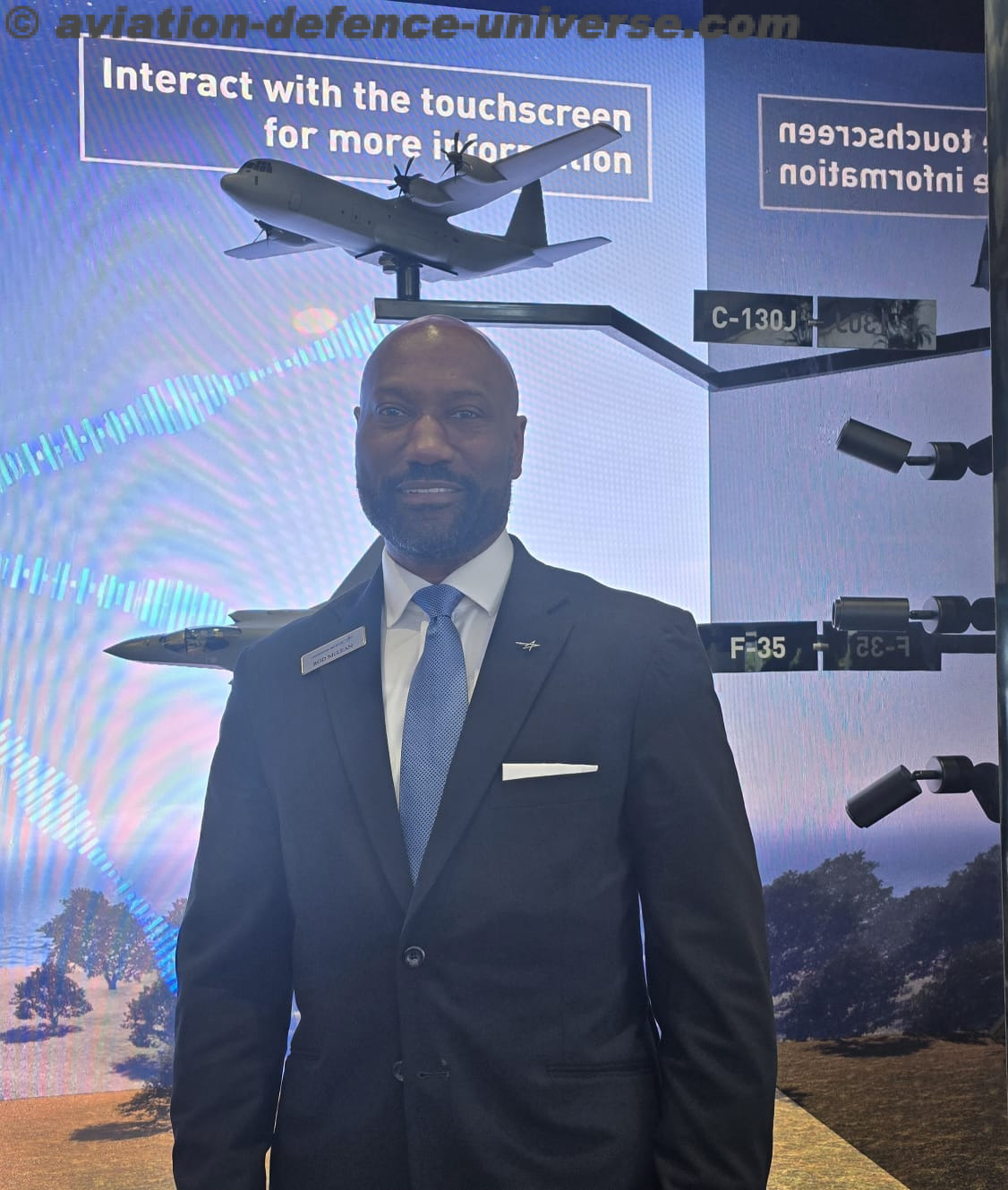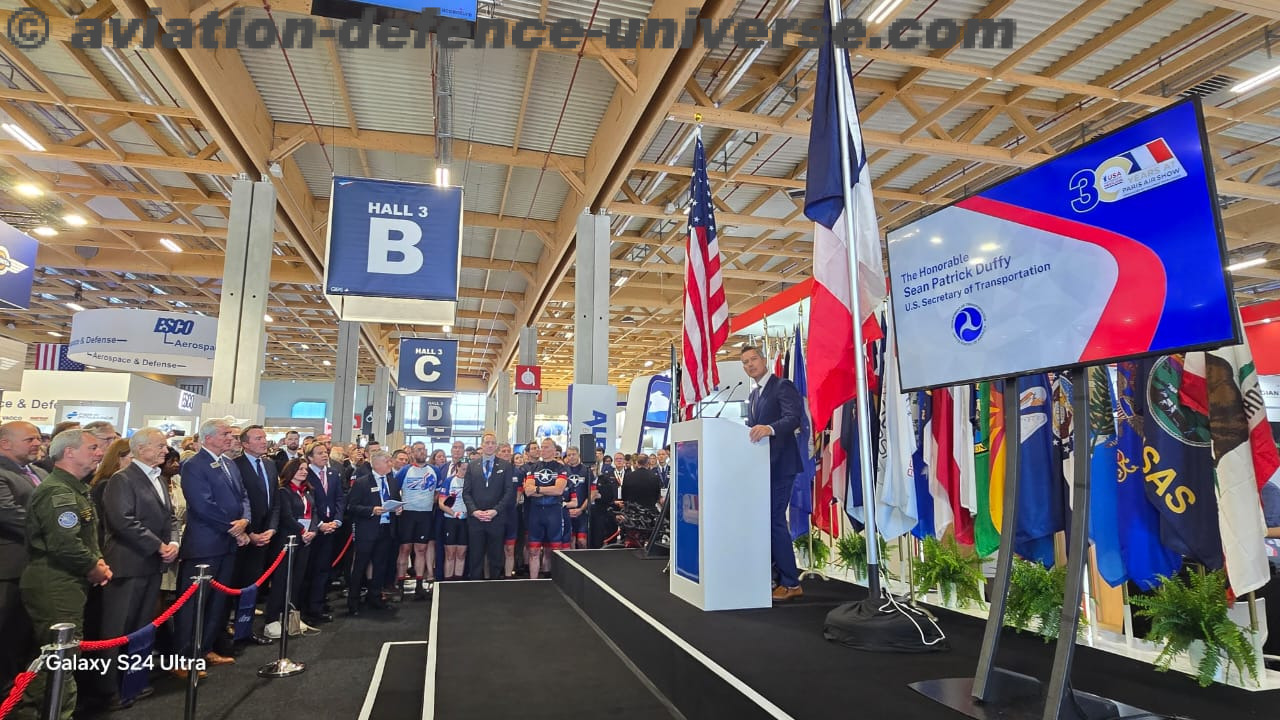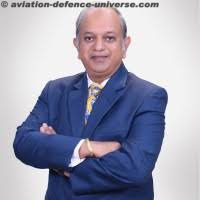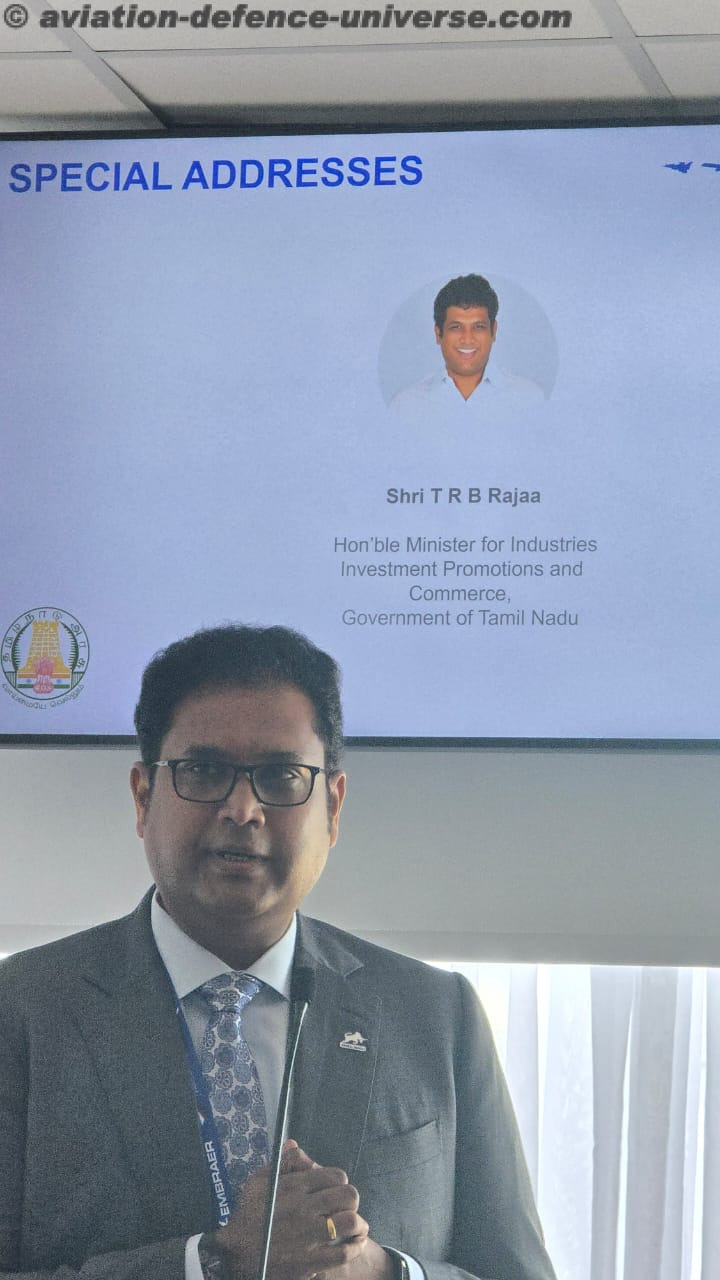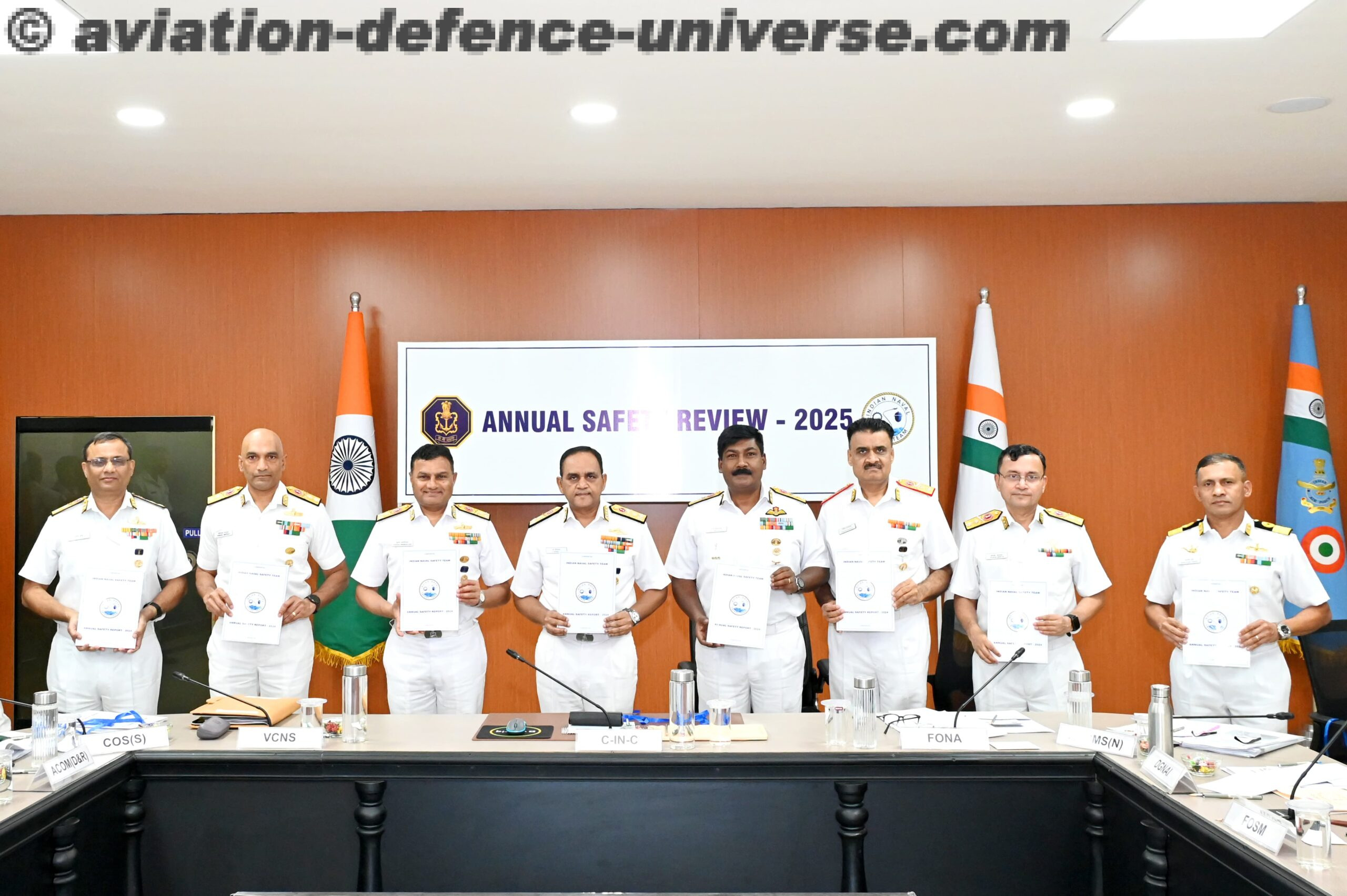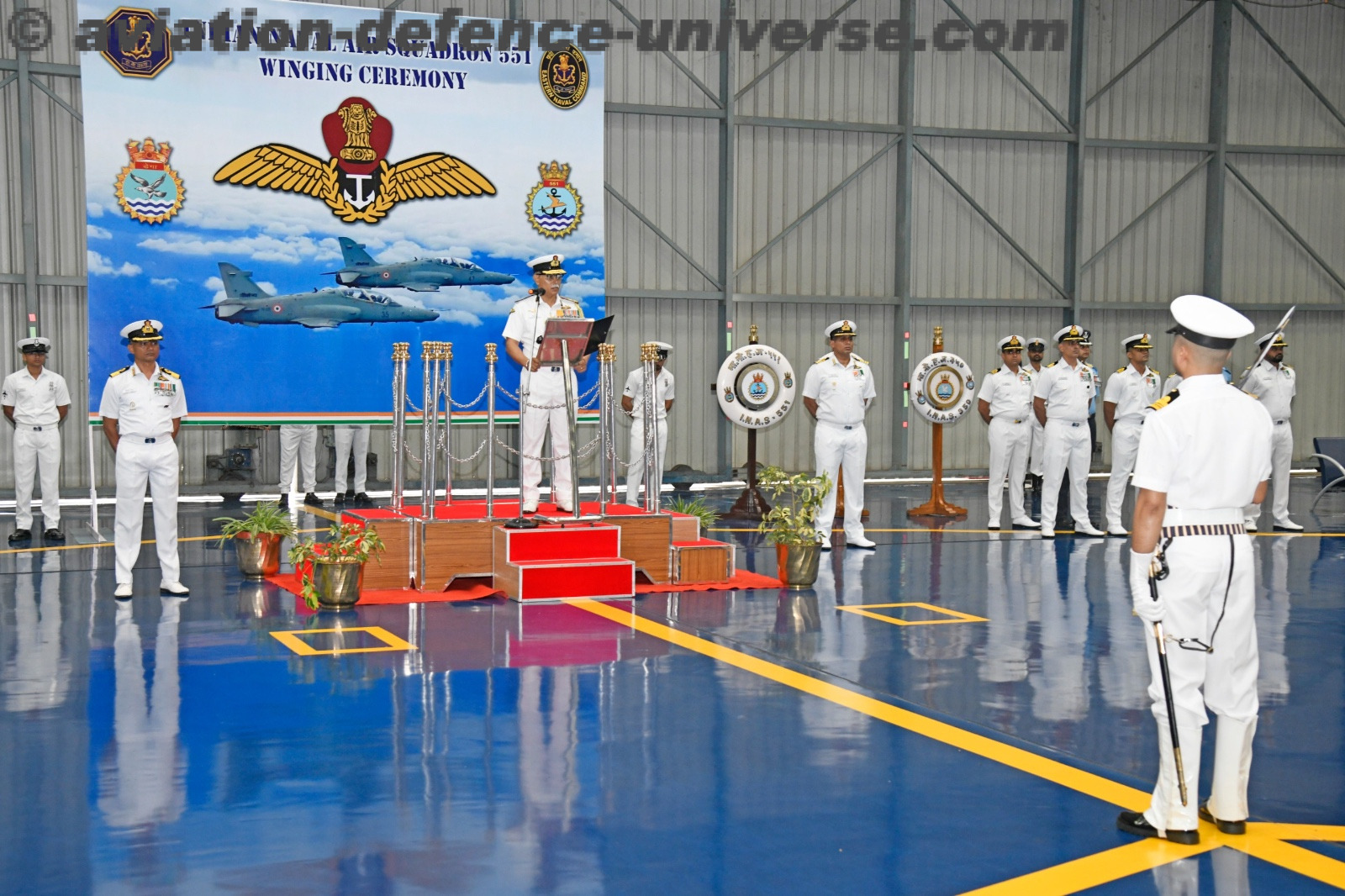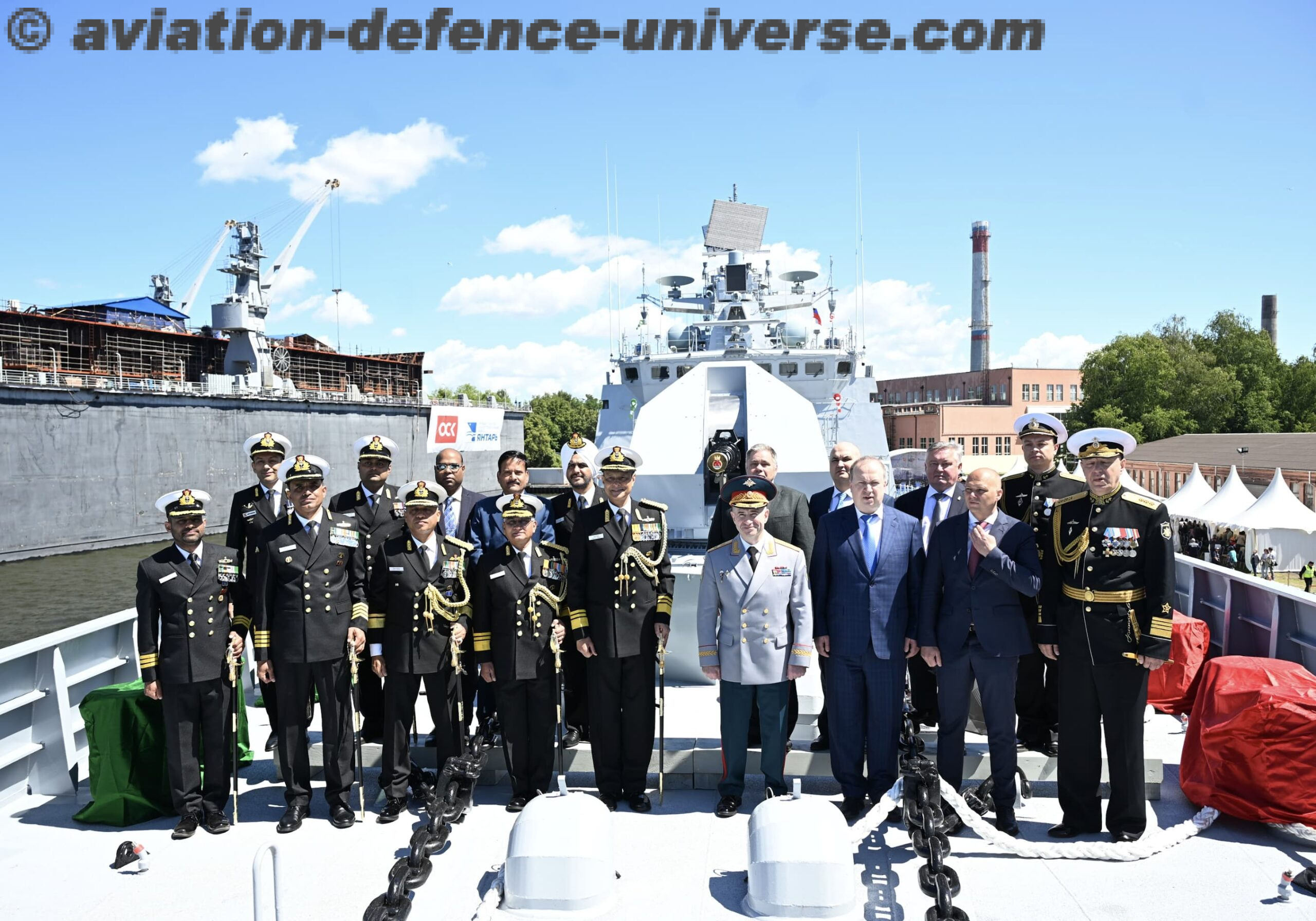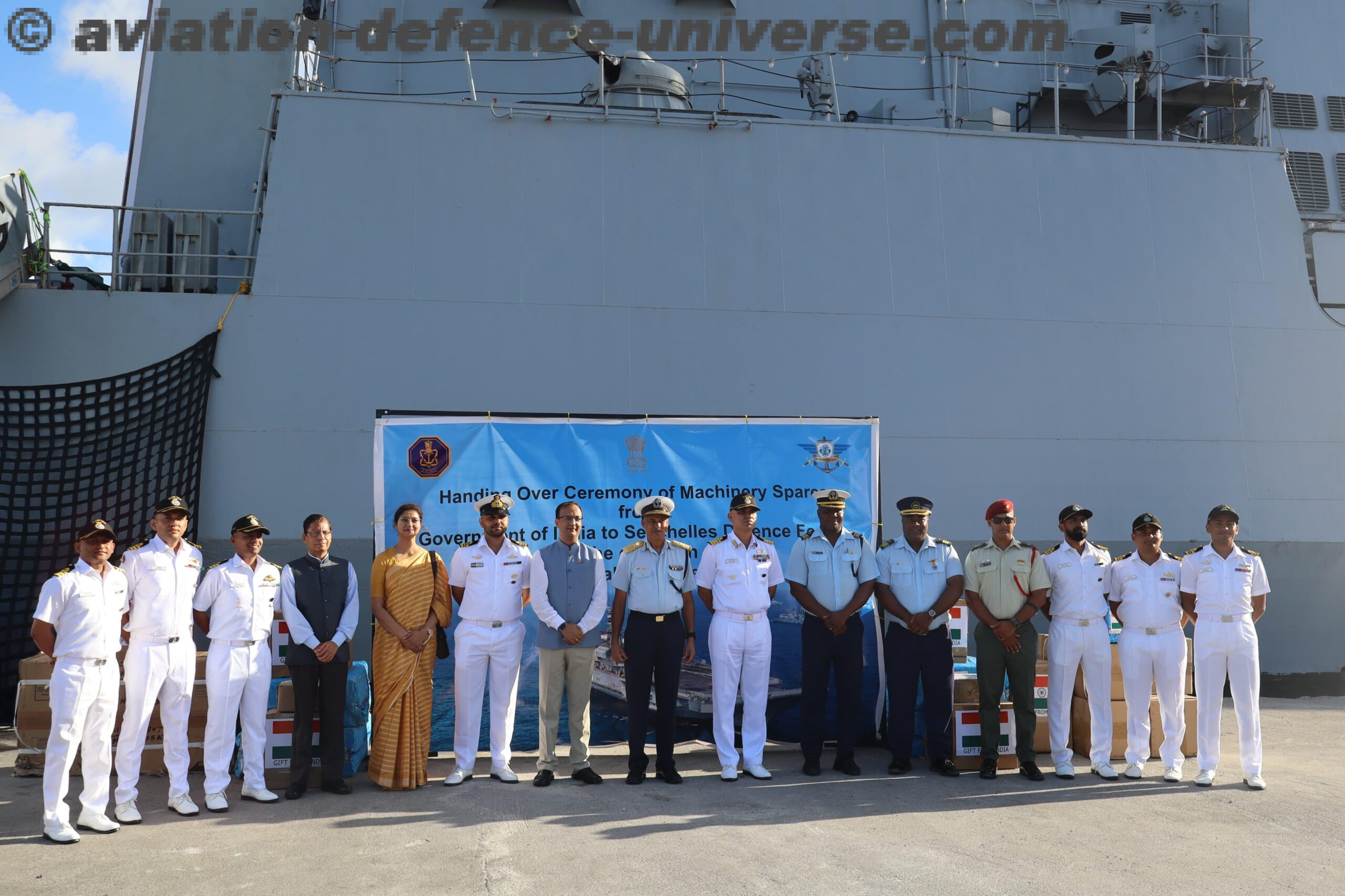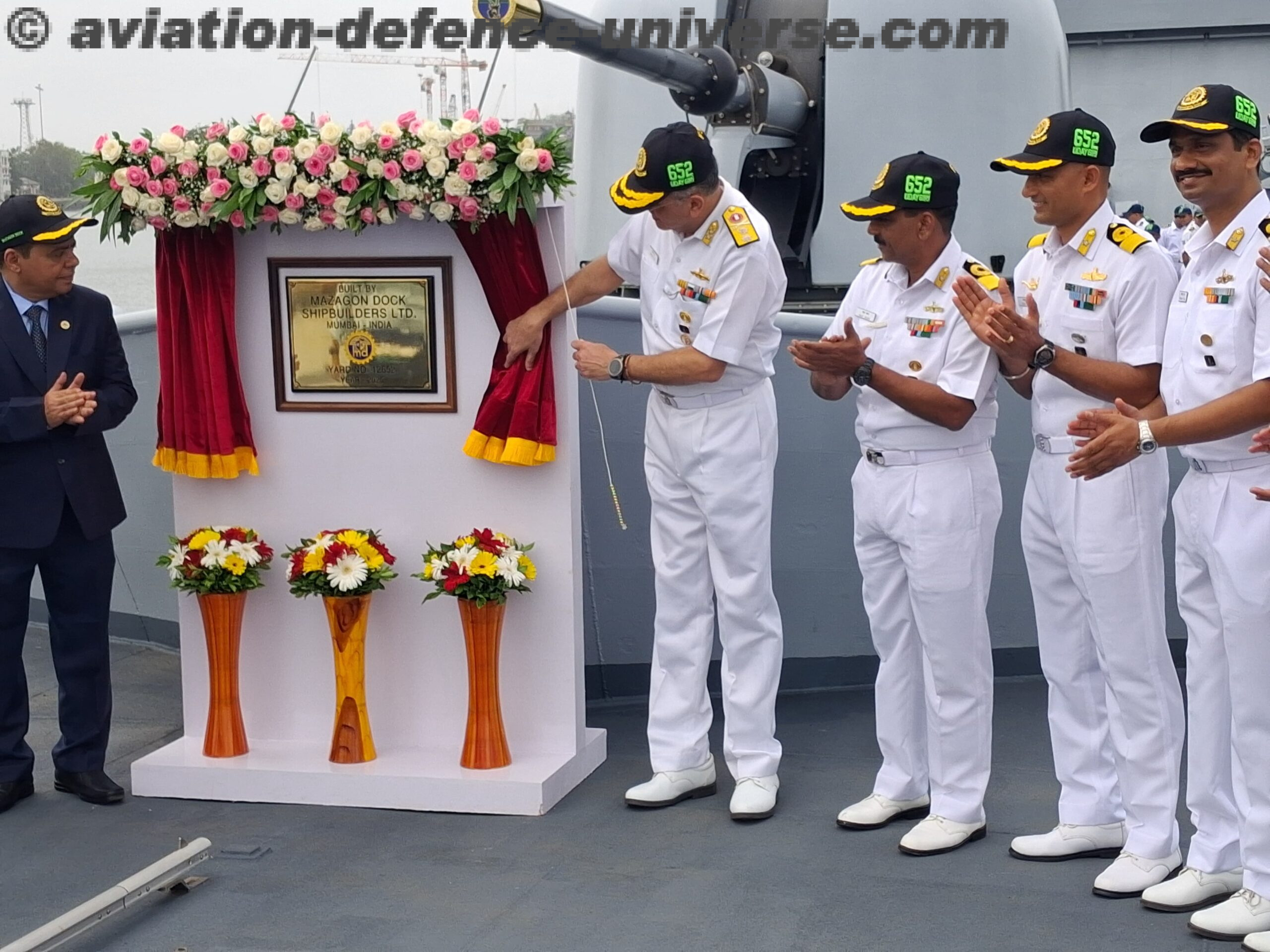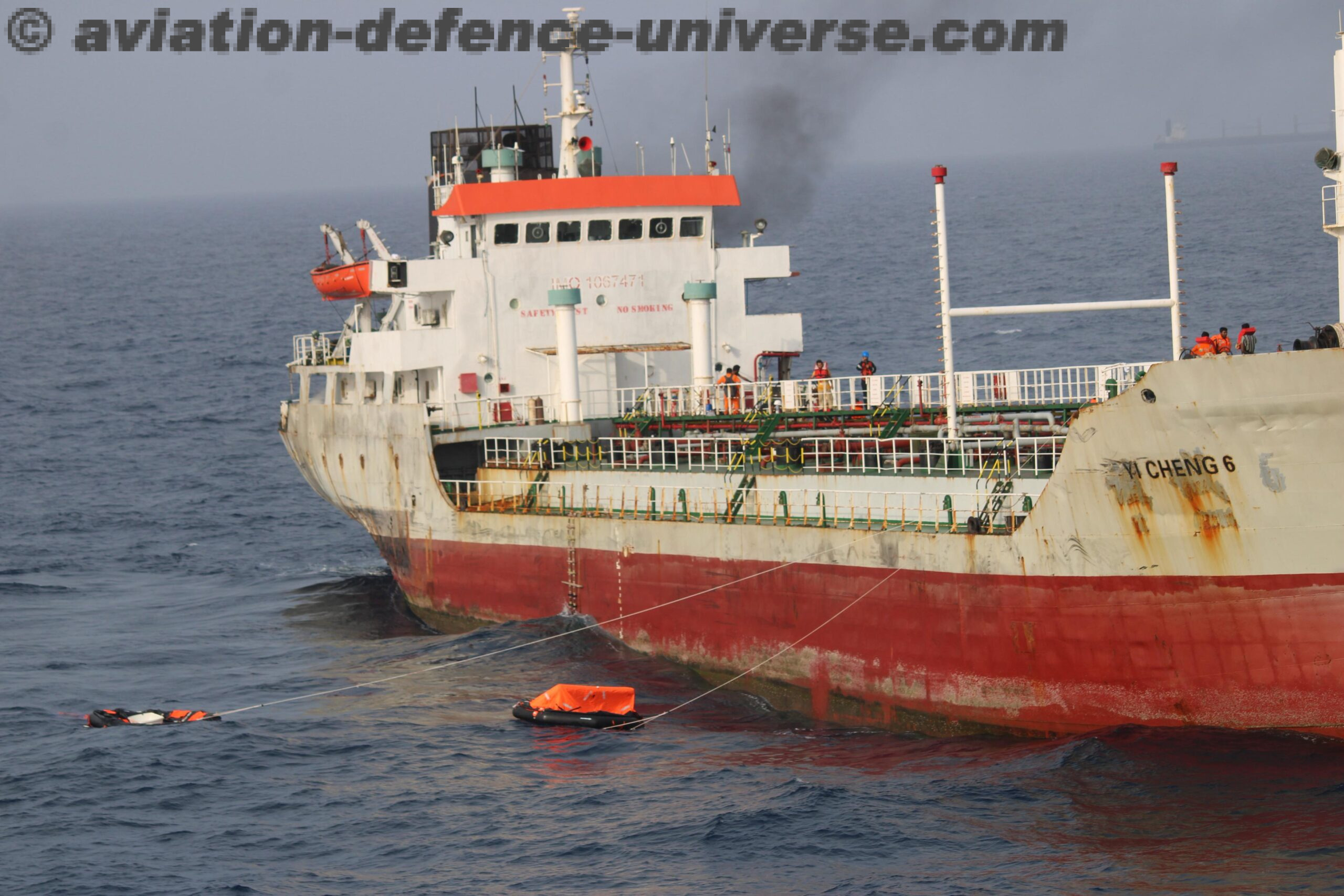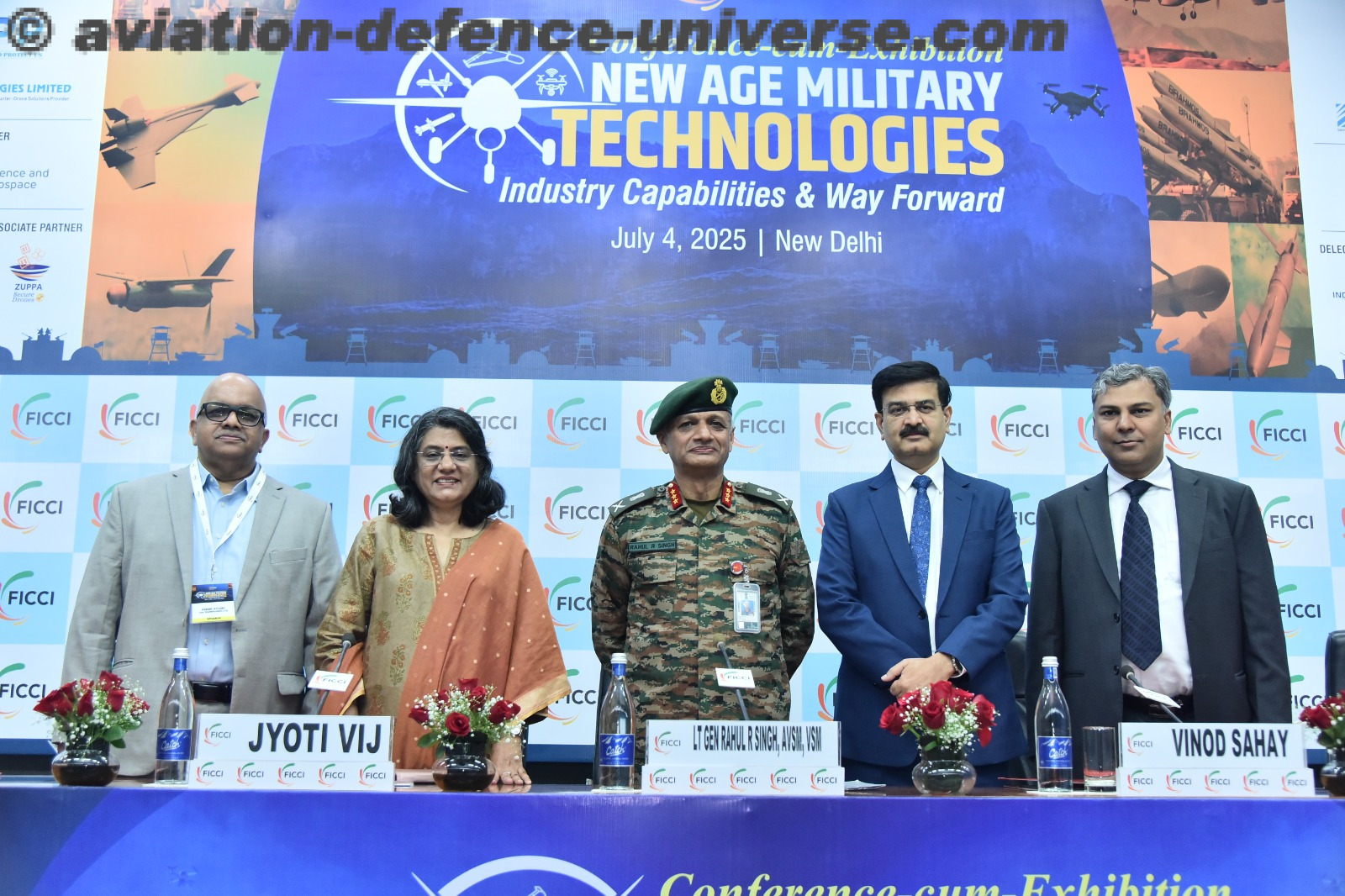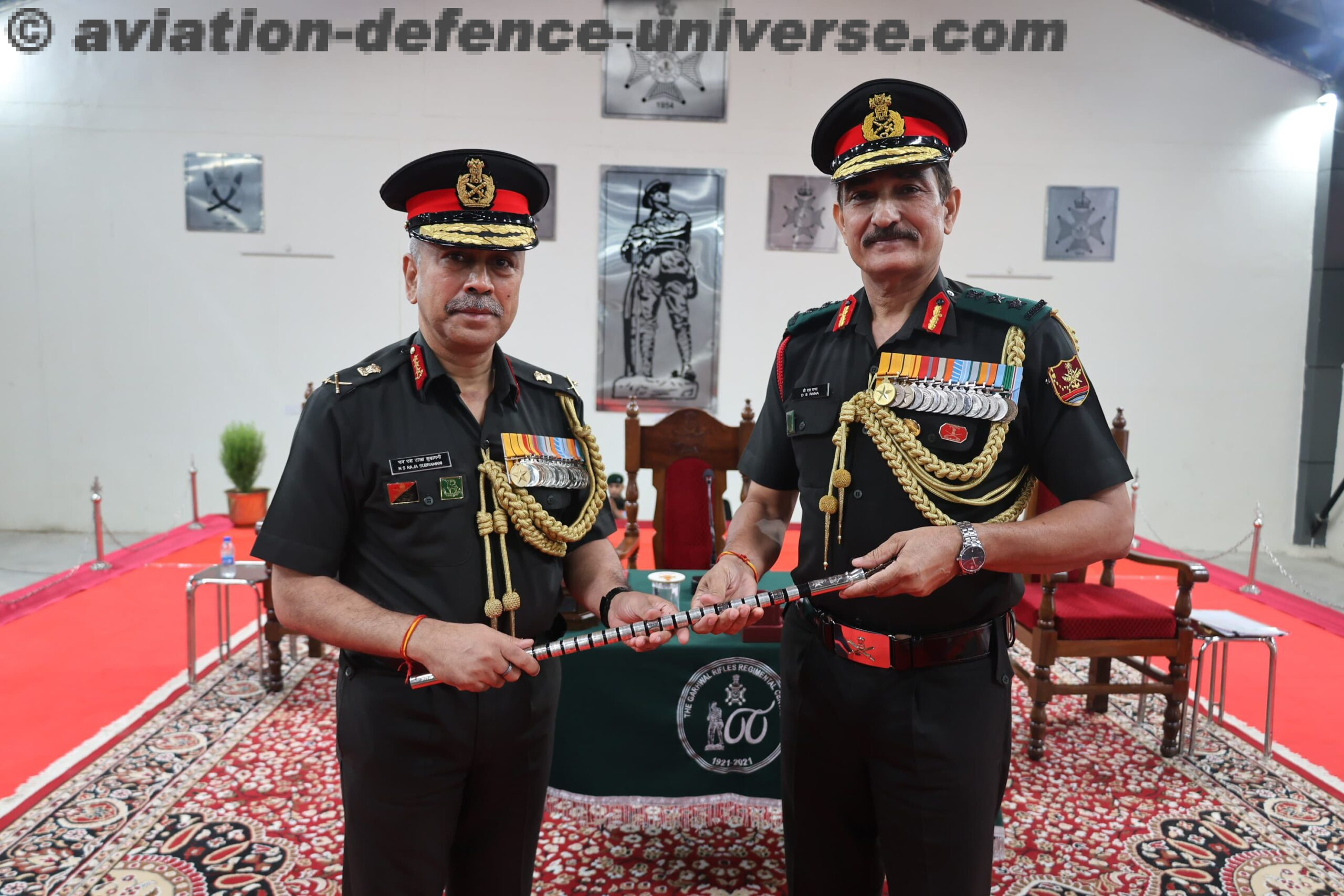- The European Commission has selected SEANICE (AntiSubmarine Warfare European Autonomous Networked Innovative and Collaborative Environment), a consortium coordinated by Thales, to study, test, prototype and prepare the next generation of antisubmarine warfare solutions (ASW) based on manned-unmanned platform teaming.
- The SEANICE Consortium consists of 16 partners representing 6 countries: Belgium, France, Italy, Latvia, Portugal, and Spain. France is the Lead Nation and Thales is the coordinator of the consortium. SEANICE Consortium received the support from PESCO MUSAS (Permanent Structured Cooperation Maritime Unmanned Anti-Submarine System) led by Portugal.
- SEANICE will prepare European navies to face the future underwater threats such as attack submarines, midget submarines, unmanned vehicles, heavyweight torpedoes, hyperfast torpedoes, and naval mines.
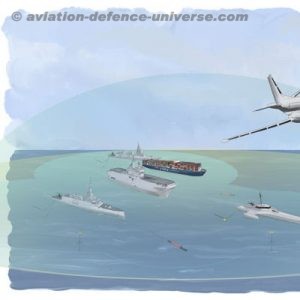
13 September 2021. SEANICE is one of the 26 projects out of 63 to be selected for funding by the bi-annual European Defence Industrial Development Programme (EDIDP), which aims at enhancing the competitiveness of the EU defence industry. Built on a realistic use-case scenario for antisubmarine warfare within the European Union’s scope of operations, the project will study, design, test, prototype, and set the ground for the delivery of new technologies. SEANICE is at the leading edge of change and technological disruption, including the integration of drones and artificial intelligence functionality.
Over the last two decades, naval operations, especially underwater, have been evolving towards more connected, and complex, surveillance and combat modes. These rely on new types of assets, such as unmanned assets, and distributed sensors and effectors. There are ranges of underwater threats that can be encountered at sea: attack submarines, midget submarines, unmanned vehicles, heavyweight torpedoes, hyperfast torpedoes, and naval mines.
With 56,000KM of coastline and 12,000KM of land borders to secure, the European Union (EU) has to address these threats to protect sea lines of communications in its Member States’ territorial waters and beyond, wherever the EU may decide to intervene to safeguard its legitimate interests.
Consequently, European Navies, whether it be nationally or within an EU task force, have to cope with several new challenges including:
- Joint / Coordinated ASW operations
- Numerous and stealthy underwater threats
- Underwater resilience and situation awareness
- Increased number of unmanned and autonomous systems leading to potential saturating attacks
To answer to the future needs of European navies to detect, identify, counter and protect against underwater threats, the European Commission has thus selected SEANICE,. This project contributes to several innovations and aims to bring new concepts already applied in the civilian world into the ASW operational theatre. It tackles the integration of new, unmanned assets, and intelligence and surveillance capabilities, to master today’s complexity of conducting ASW operations. It offers system-of-systems architecture that is compatible with current and future EU/NATO standards.
Drawing on high-skilled, reliable, and specialized partners – who are champions in defence – SEANICE contributes to technological sovereignty and increased interoperability between EU Member- State forces.
This multinational dimension, which teams the best players in antisubmarine warfare, is fundamental to embracing tomorrow’s European antisubmarine warfare capability and effectively pursuing future collaboration and innovation on defence capabilities and programmes. The SEANICE Consortium encompasses a significant number of EU partners, drawn from research, industry, and the SME sector. All partners have been carefully selected to generate, through collaboration, the maximum added value, in terms of meeting the needs of EU navies: Thales, Airbus Defence & Space, Alkan SAS, Alseamar, CEIIA, Edisoft, Engineering Ingegneria Informatica, GMVIS Skysoft, Latvian Maritime Academy, Leonardo SPA, Naval Group SA, RTSYS, Scalian DS, SIEL SRL, Université Libre de Bruxelles, Wsense SRL.
SEANICE’s innovative ideas and concepts will reinforce the resilience and competitiveness of the European defence sector. The project puts in place the foundations that can ensure the European Defence Technological and Industrial Base‘s (EDTIB) evolution in the antisubmarine warfare segment.
“Thales has gathered a unique European consortium of tech companies to bring cutting edge innovation on the next generation anti-submarine warfare (ASW) systems under the European Defence Industrial Development Programme (EDIDP). Together with our respective strength and technological advantage we are aiming for a breakthrough in the way European Navies can address existing and future underwater threats.”, according to Gwendoline Blandin, Vice-president Underwater Systems, Thales.













